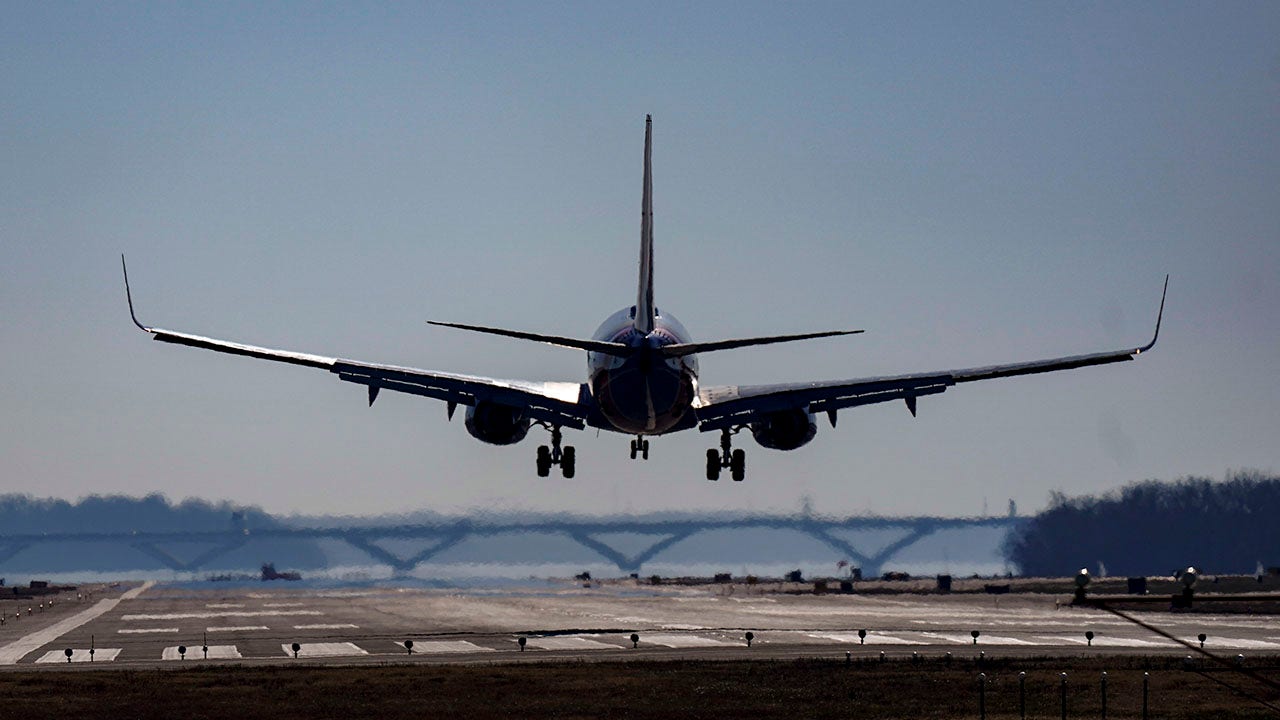Trump admin proposes brand new air traffic control system to enhance safety, ‘unlock the future of air travel’

The Trump administration has unveiled its ambitious three-year plan to revolutionize the air traffic control system in the United States. The proposal, presented by Transportation Secretary Sean Duffy, aims to address critical safety needs, enhance efficiency, and unlock the future of air travel by replacing the antiquated Federal Aviation Administration (FAA) system with a brand-new, state-of-the-art infrastructure.
During the announcement, Duffy emphasized the importance of modernizing the outdated air traffic control system, which he described as being \”built for the past.\” The new proposal is designed to build a system \”for the future,\” equipped with cutting-edge technologies to reduce delays, improve safety, and increase efficiency in managing air travel.
The plan includes replacing core infrastructure such as radar, software, hardware, and telecommunications networks to accommodate modern air travel needs. The proposal consists of four key infrastructure components: Communications, Surveillance, Automation, and Facilities. By 2028, the plan aims to replace outdated telecommunications systems with new fiber, wireless, and satellite technologies at over 4,600 sites, as well as install 25,000 new radios and 475 voice switches. Additionally, 618 radars are set to be replaced by 2027.
In addition to upgrading infrastructure, the plan addresses runway safety by increasing the number of airports with Surface Awareness Initiative to 200 by 2027. The proposal also includes building six new air traffic control centers, replacing 15 towers and 15 co-located TRACONs, and deploying new hardware and software across all air traffic facilities to create a common platform system.
Furthermore, the plan proposes the deployment of additional technologies to the Caribbean and Alaska regions to provide real-time surveillance and weather information, ensuring safe and efficient flights in these critical locations. With the rapid growth of commercial air travel and emerging challenges such as drones and advanced air mobility, officials stress the urgent need for a modernized air traffic control system to keep up with the demands of the aviation sector.
The Department of Transportation highlights the importance of maintaining the safety of the National Airspace System while acknowledging the current system’s inefficiencies and delays. The proposal calls for an emergency supplemental funding increase to expedite the modernization process, emphasizing the need for immediate action to address critical infrastructure needs.
The unveiling of the proposal follows a recent ground delay at Newark Liberty International Airport due to staffing shortages, weather, and construction issues. The FAA’s temporary loss of radar and communications with aircraft at Newark Airport on April 28 also underscored the urgency of upgrading the air traffic control system to prevent such incidents in the future.
In conclusion, the Trump administration’s ambitious plan to build a new, state-of-the-art air traffic control system represents a once-in-a-generation opportunity to revolutionize air travel in the United States. With a focus on safety, efficiency, and future-proofing the aviation sector, the proposal aims to ensure that Americans have access to a world-class air travel experience.




